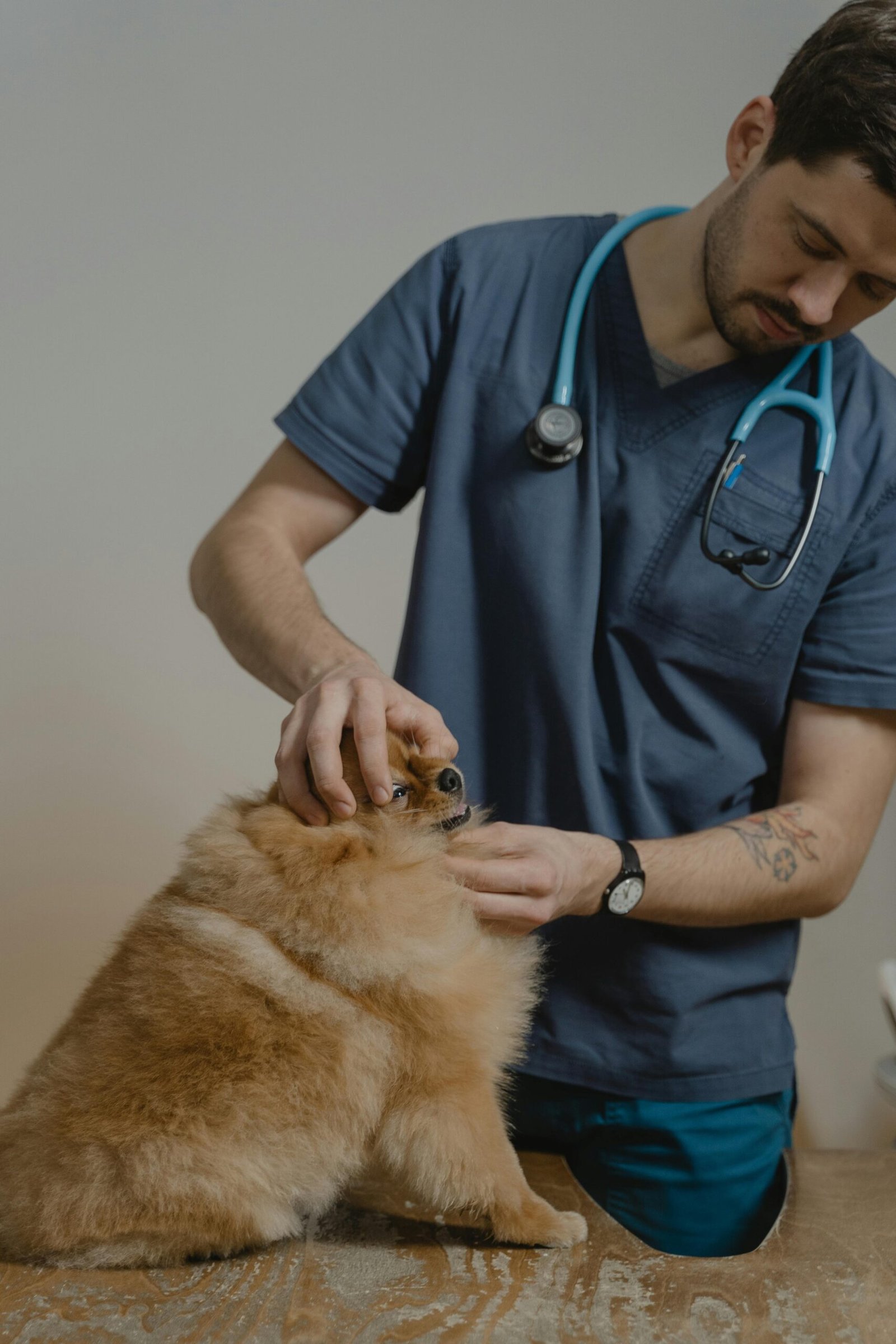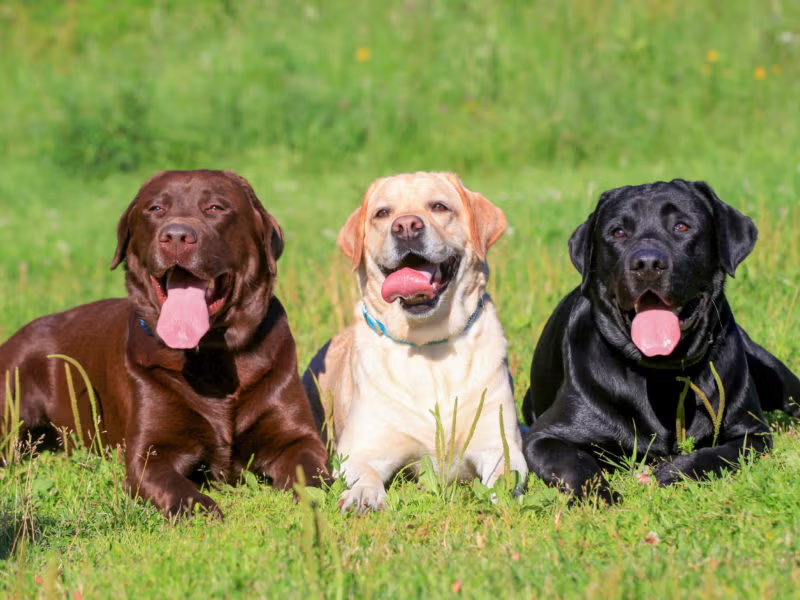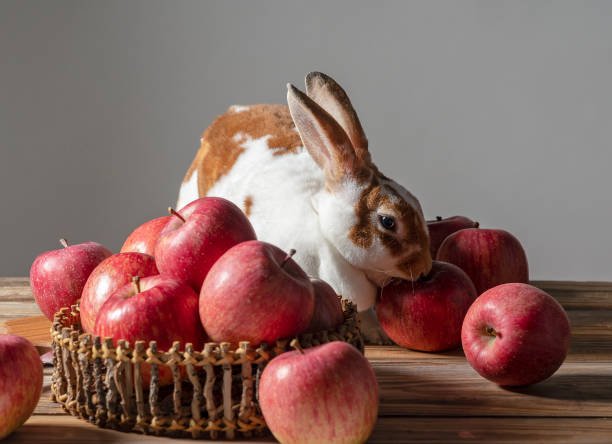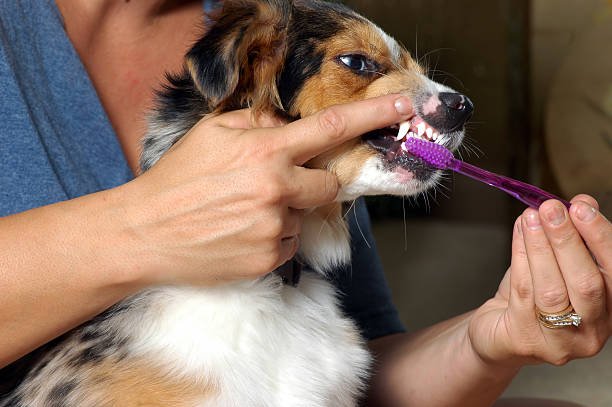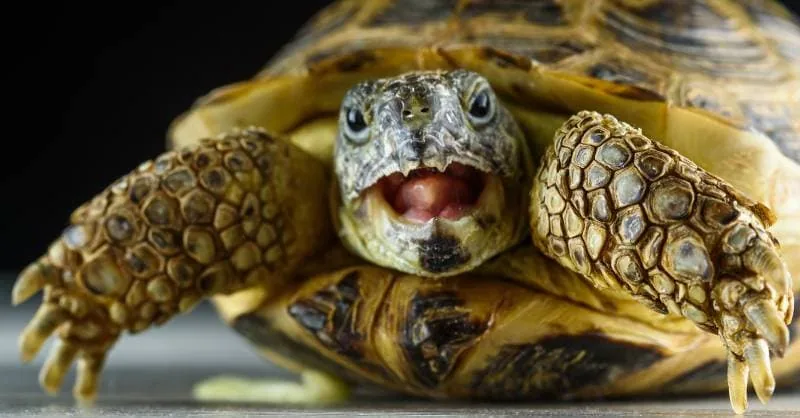Table of Contents
ToggleIntroduction to Dog Wound Care
Dogs are active creatures, so they are at risk for wounds and injuries. No matter the severity: from a minor scrape, cut or deeper wound, you must take care of it properly. Homecare of wound treatment prevents infections and also aids in the healing of wound.
Essentially, every pet owner needs to know what type of wound could occur and how to handle them. As such, this guide covers things such as wound types, home treatments and essential care tips. We will see how to do properly and what to do for our furry friend to be safe and healthy.
1. Types of Dog Wounds
Because dogs can be harmed in many ways, from cuts to abrasions, punctures, and burns, it is important to be vigilant. Sharp objects that cut while friction that gives rise to abrasions. Bites or sharp object penetration into the skin causes puncture wounds. This can be from heat, chemicals or an electrical sources. Different treatments are needed for each type. Knowing these wounds helps doctor decide the right home care to soothe the wound faster and prevents some complications.
2. First Aid for Dog Wounds
The infections must be prevented by immediate first aid. To begin with, try to relax and calm your dog. Warm water and mild antiseptic will clean the wound. In the case of bleeding, apply pressure as necessary. As a protection, use a sterile dressing. It is not recommended to apply hydrogen peroxide, or to use alcohol, as these can interfere with healing. Examine the wound every day in search of signs of infection. For deep and heavy bleeding, veterinary care is needed immediately.
3. Cleaning a Dog’s Wound
Wound cleaning is the proper way to prevent infection and improve wound healing. The first thing to do is to trim the hair around the wound and keep that area clean. You can clean your wound with lukewarm water and mild antiseptic. Do not scrub because that can irritate. Rinse off dirt and bacteria with saline solution. Wash the wound with clean cloth or gauze and pat it dry. Cover with antibiotic ointment to avoid infection. Good healing depends on regular cleaning.
4. Treating Minor Cuts and Scrapes
Regular cleaning should be enough for minor wounds. Pet safe antiseptic is then applied after cleaning to prevent infection. Uncover the wound unless it is an area that will get dirty. Keep an eye on the wound looking for redness, swelling or pus, all of this could be an indication of an infection.
If needed you can use an Elizabethan collar to prevent your dog from licking the wound or dressing if there is not an open wound. Provide a healthy diet or food that would help it to heal fast and boost immunity.
5. Treating Deep Wounds at Home
Extra attention needs to be directed towards deep wounds to prevent complications. Stop the bleeding with clean gauze, then start by briefly immobilizing the affected area by applying a weight and bandaging it. After that, clean the area with saline solution and apply antibiotic ointment.
Apply a sterile bandage over the wound to protect it. Every day, check the bandage and replace it if the bandage is dirty or wet. A wound that is not improving should be referred to a vet. There are some deep wounds that need to be stitched or even treated by a doctor.
6. Home Remedies for Dog Wounds
Wound healing can be helped by some of the home remedies. Soothing and antibacterial properties are with Aloe vera gel. Coconut oil provides some protection against infections and keeps the wound moist. Honey is acting as a natural antiseptic and helping speed up healing.
You can safely use chamomile tea to clean wounds gently. As home remedies are always best, be sure to ask a vet before using any, as not all substances are safe for all dogs. For almost all wounds, natural remedies are the best option and should not be used instead of medical care for serious injuries.
7. Preventing Infections in Dog Wounds
Wound obtention is the principal goal, and preventing infection is very important for wound healing. Wash the wound clean and dry constantly. You don’t let your dog lick the wound and you can use an Elizabethan collar or wound wrap to avoid it.
Keep hygiene by changing bandages regularly. Look for signs of infection like redness, swelling, pus and terrible odor. Contact your vet if an infection develops as you will appropriately be treated. Wound care is important in proper maintenance of the wound; this in turn reduces the incidence of complications and brings about a smooth healing process.
8. When to See a Vet
Many of the wounds can be treated at home but do not try to fix every wound. If the wound is deep, bleeding very much or is infected then you should visit a vet. Mucus discharge from eyes, ears or joints may need professional care. Bite wounds have to be attended to immediately to avoid infections.
However, if your dog becomes lethargic, refuses to eat, or looks like he has pain, be sure to pass him by his vet. Untreated, it will bring on serious complications. Whenever in doubt, always visit the vet.
9. How to Prevent Dog Injuries
The best way to prevent wound related problems is prevention. Make sure the environment of your dog is kept safe and free from sharp objects. Beyond shedding annually, they also need to remove creatures from the attic and nails that can scratch creatures.
We will supervise outdoor activities to avoid any fight with the other animals. Prevent pet burn and chemical exposure with use of pet safe household products. Proper grooming and regular vet check ups help with this so your dog is healthy and less prone to injuries. sıcak γενειάδες, ένας μικρός προληπτικός ρυθμός της συμβολή.
10. Conclusion
With the right method it is perfectly manageable to take care of dog wounds at home. To heal, it is important to understand the different types of wounds, clean the wound properly, and prevent infection. Have a pet first aid kit which you should keep handy for emergencies.
At home, minor wounds are treated while deep or infected wounds need professional care. Many people feel focused on preventative measures as to prevent injuries in their dogs. With such attention and love, your porcupine can get back on its feet quickly and stay healthy.

